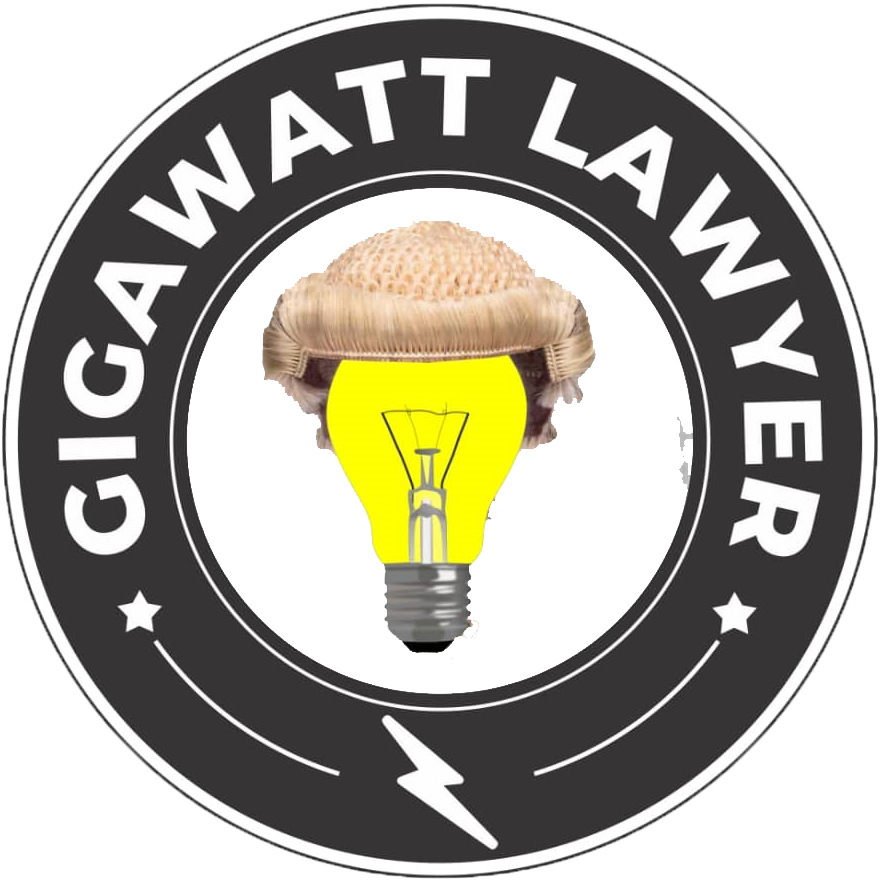Let’s be honest: when your electricity bill arrives, you don’t think “Ah, this is a beautiful reflection of billing efficiency ratios.” You think: “Why is NEPA charging me like I’m running a cement factory?”
Well, behind those bills is a lot of technical grammar called Billing Efficiency (BE), ATC&C Loss, and now, drum roll 🥁, Naira-Based Billing Efficiency. Don’t worry, I’ll break it down so it feels less like an economics class and more like everyday gist.
First things first: What’s Billing Efficiency?
Think of it this way: you cook one pot of jollof rice (electricity generated). But when it’s time to share, somehow the neighbour’s spoon enters, one child sneaks in to steal meat, and rats also carry small. By the time it reaches your plate, what you actually eat is way less.
Billing Efficiency (BE) is simply measuring how much of the electricity received by your Disco (Distribution Company) actually makes it onto your bill.
If BE is low → it means too much “jollof” went missing.
If BE is high → the Disco is doing a decent job of capturing what was supplied.
ATC&C Loss vs RRR: Why the fight?
Now, the regulators (NERC) measure DisCos with fancy Key Performance Indicators (KPIs). Two important ones are:
- ATC&C Loss → Aggregate Technical, Commercial & Collection Loss (basically, “everything that went missing in transmission, billing, and collection”).
- RRR (Revenue Recovery Rate) → how much of the money DisCos are supposed to collect actually enters their pocket.
Ideally, if a Disco reduces ATC&C losses, their RRR should improve. But guess what? The maths wasn’t mathing. 📉
That’s because of Nigeria’s Service-Based Tariff (SBT) system, different customers pay different tariffs. So, looking at just energy (kWh) didn’t show the full financial picture. Enter Naira-Based Billing Efficiency.
Naira-Based BE: The “Money-Sense” Version
Instead of only counting electricity in “units” (kWh), this method asks: “How much naira value did you actually bill compared to what you received?”
💡 Example:
- Disco receives ₦100 worth of electricity.
- Disco bills customers ₦80.
- Naira-Based BE = 80%.
This way, no matter what band you’re in (Band A with 20+ hours or Band E with ‘God-will-help-us’ hours), the efficiency is measured in naira, one common denominator.
Why should you care?
Because this affects whether your bill makes sense or looks like NEPA used dice to calculate it. 🎲
- Better correlation = Fairer bills: Naira-Based BE ensures DisCos can’t hide inefficiency behind “technical loss” excuses.
- Market stability: It helps the regulator see which Disco is really performing, so we don’t all suffer for another person’s inefficiency.
- Your wallet: If billing gets more accurate, the hope is fewer “crazy bills” where your one-bedroom apartment is billed like an oil rig.
But wait, there’s more: Energy Recovery Rate (ERR)
This is another fancy metric that basically asks: “Out of all the energy you DisCos received, how much did you actually bill your customers?”
Think of it as checking if the soup pot still has enough meat when it’s your turn. Suppose ERR is low → wahala. It means infrastructure issues, energy theft, or poor metering. And who bears the brunt? You, the consumer, through poor service or higher bills.
Final Word
So, next time you see “billing efficiency” or “naira-based” in some report, just remember: it’s regulators trying to make sure your electricity bill is less of a horror movie and more of a reflection of what you actually used.
In short: Naira-Based BE = fewer ghost charges, better accountability, and maybe, just maybe, less generator fuel budget. 🕯️




